Got saddle? Well, now you probably need a pad, too. Whether you ride English or western, selecting the proper pad can help your saddle fit a variety of horses. However, let’s be clear: a poorly made saddle—one that’s unbalanced and exerts uneven pressure on a horse’s back—will never be fixed by merely squishing a pad underneath it. But an otherwise well-constructed saddle can usually go from horse to horse providing you address some challenges with the appropriate pad.
One of the most common fit problems with western saddles is a tree that is too wide. Full quarter bars, also referred to as a full-quarter tree, mean that the saddle was designed to be wide enough for the low, broad withers and upper shoulder area of a “bulldog” or stocky western horse. Semi-quarter bars are for narrower, more refined western horses with comparatively higher withers. But what about horses that are somewhere in between? It’s never a good idea to try to cushion a too narrow saddle with padding. It’ll just pinch more, just like if you tried to make a tight pair of your shoes more comfy by wearing a thick pair of socks. However, if the saddle’s bars are just a little too wide, you can make some minor adjustments by adding a foam shim underneath the saddle, spanning the withers. This type of small, inconspicuous pad also works for horses that are conformationally butt-high, which is typical of young stock breeds in the midst of a growth spurt. The shim substitutes for a little bit of muscle mass or height, making for a more balanced saddle fit.
Shims are available for western saddles in a variety of styles that address other issues. The backs of older horses and those that have lost condition due to a lay-up will sometimes drop-off significantly right behind the withers. Without a shim to fill in that void, the pommel of the saddle settles directly on the withers, or the saddle can shift around on the horse’s back. Both can cause soreness. Because they are such handy accessories, shims and related types of pads are also used with English saddles.
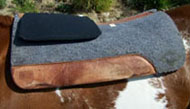 | 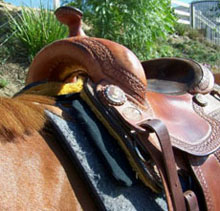 |
| Because this young horse is butt-high, a thin foam shim is placed across his withers and shoulder area. | The use of the thin foam shim aids the sadddle’s fit and balance so both horse and rider are more comfortable. |
Arguably the most common shim or correctional pad used with hunter and jumpers is the wedge or lift pad. A common feature in the conformation of many Thoroughbreds and Thoroughbred-crosses is prominent withers. When they’re coupled with a low saddle position (meaning there’s a drop-off in the horse’s back behind the withers), the pommel of the saddle will be distinctly higher than the cantle. That forces the rider to sit behind the motion of the horse, the exact opposite of where a hunter-jumper rider wants to be. Because of its design, a wedge pad “lifts” the back half of the saddle and the cantle so that the rider is once again in the desired position for posting the trot and jumping.
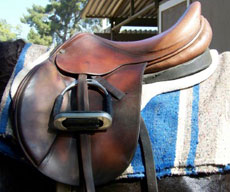 | 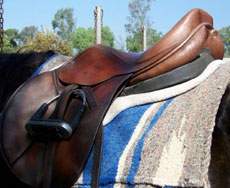 |
| A black foam wedge pad is used on this high-withered Thoroughbred jumper. | Placed directly beneath the saddle, the black foam wedge lifts the cantle of the saddle, realigning the saddle’s balance on the horse’s back. |
Needless to say, in a perfect world there would be a saddle specifically selected for every horse and rider combination. But that’s not practical, especially when western and English riders—especially professionals and catch riders—hop from horse to horse, carrying along their treasured saddles. Though a saddle that’s obviously a poor fit should never be forced on a horse’s back, the proper pad, carefully chosen for the right purpose, can often help perfect the fit.
Read more on saddle pads >>



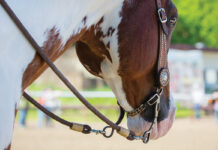
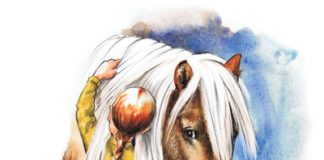

Thanks so much for the informative article!!!
I belive in orthopedic pads. I ride saddleseat and for shows some people dont use any pads. I also stuff a pad under my cutback though! Pads are important no matter how sensative your horse’s back is.
This was a great article! I’ve been having problems with one of my horses and i never thought that it could be the saddle pad! Thanks so much for the information!
leather KILLS
Good article.
great article
what a great article! thank you
Good advice.
Good advice